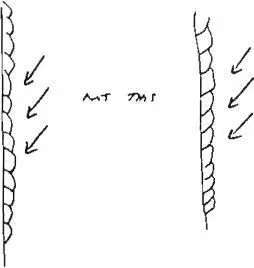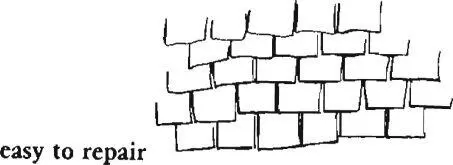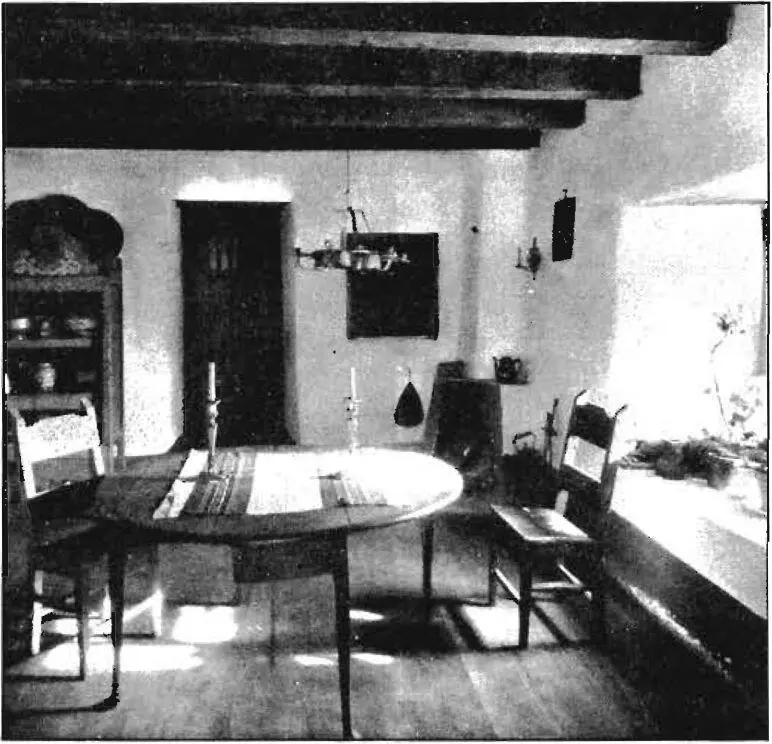Christopher alexander - A pattern language
Здесь есть возможность читать онлайн «Christopher alexander - A pattern language» весь текст электронной книги совершенно бесплатно (целиком полную версию без сокращений). В некоторых случаях можно слушать аудио, скачать через торрент в формате fb2 и присутствует краткое содержание. Жанр: Прочая научная литература, на английском языке. Описание произведения, (предисловие) а так же отзывы посетителей доступны на портале библиотеки ЛибКат.
- Название:A pattern language
- Автор:
- Жанр:
- Год:неизвестен
- ISBN:нет данных
- Рейтинг книги:3 / 5. Голосов: 1
-
Избранное:Добавить в избранное
- Отзывы:
-
Ваша оценка:
- 60
- 1
- 2
- 3
- 4
- 5
A pattern language: краткое содержание, описание и аннотация
Предлагаем к чтению аннотацию, описание, краткое содержание или предисловие (зависит от того, что написал сам автор книги «A pattern language»). Если вы не нашли необходимую информацию о книге — напишите в комментариях, мы постараемся отыскать её.
A pattern language — читать онлайн бесплатно полную книгу (весь текст) целиком
Ниже представлен текст книги, разбитый по страницам. Система сохранения места последней прочитанной страницы, позволяет с удобством читать онлайн бесплатно книгу «A pattern language», без необходимости каждый раз заново искать на чём Вы остановились. Поставьте закладку, и сможете в любой момент перейти на страницу, на которой закончили чтение.
Интервал:
Закладка:
| 234 lapped outside walls |
|---|
 |
| The internal structure of an imaginary lap-ped material . |
used lapped boards as the exterior formwork for the lightweight concrete fill. And it is, of course, possible to use many other kinds of external cladding if they are available and if one can afford them. Slate, corrugated iron, ceramic tiles will produce excellent shingled wall claddings, and can all be placed in such a way as to provide exterior formwork for the pouring of a wall. It is also conceivable (though we have no evidence for it), that scientists might be able to create an oriented material whose internal crystal or fiber structure is in effect “lapped,” because all the split lines run diagonally outward and downward.
Therefore:
Build up the exterior wall surface with materials that are lapped against the weather: either “internally lapped,” like exterior plaster, or more literally lapped, like shingles and boards and tiles. In either case, choose a material that is easy to repair in little patches, inexpensively, so that little by little, the wall can be maintained in good condition indefinitely.
| lapped elements |
|---|
 |
1095
| 12 COMMUNITY OF 7OOO* |
|---|
 |
7°
| 235 SOFTINSIDE walls* |
|---|
 |
1096
. . . and this pattern finishes the inner surface of the wall membranes (218), and the under surface of floor-ceiling vaults (219). If it is possible to use a soft materia] for the inner sheet of the wall membrane, then the wall will have the right character built in from the beginning.
*4* •'I**
A wall which is too hard or too cold or too solid is unpleasant to touch; it makes decoration impossible, and creates hollow echoes.
A very good material is soft white gypsum plaster. It is warm in color (even though white), warm to the touch, soft enough to take tacks and nails and hooks, easy to repair, and makes a mellow sound, because its sound absorption capacity is reasonably high.
However, cement plaster, though only slightly different—and even confused with gypsum plaster—is opposite in all of these respects. It is too hard to nail into comfortably; it is cold and hard and rough to the touch; it has very low absorption acoustically—that is, very high reflectance—which creates a harsh, hollow sound; and it is relatively hard to repair, because once a crack forms in it, it is hard to make a repair that is homogeneous witli the original.
In general, we have found that modern construction has gone more and more toward materials for inside walls that are hard and smooth. This is partly an effort to make buildings clean and impervious to human wear. But it is also because the kinds of materials used today are machine made—each piece perfect and exactly the same.
Buildings made of these flawless, hard and smooth surfaces leave us totally unrelated to them. We tend to stay away from them not only because they are psychologically strange, but because in fact they are physically uncomfortable to lean against; they have no give; they don’t respond to us.
1097
CONSTRUCTION
The solution to the problem lies in the following:
1. Gypsum plaster as opposed to cement plaster. Soft baked tiles as opposed to hard fired ones. When materials are porous and low in density they are generally softer and warmer to the touch.
2. Use materials which are granular and have natural texture, and which can be used in small pieces, or in such a way that there is repetition of the same small element. Walls finished in wood have the quality—the wood itself has texture; boards repeat it at a larger scale. Plaster has this character when it is hand finished. First there is the granular quality of the plaster and then the larger texture created by the motion of the human hand.
One of the most beautiful versions of this pattern is the one used in Indian village houses. The walls are plastered, by hand, with a mixture of cow dung and mud, which dries to a beautiful soft finish and shows the five fingers of the plasterer’s hand all over the walls.

Cow dung plaster in an Indian village house.
Therefore:
Make every inside surface warm to the touch, soft enough to take small nails and tacks, and with a certain slight “give” to the touch. Soft plaster is very good; textile hangings, canework, weavings, also have this character. And wood is fine, where you can afford it.
SOFT INSIDE WALLS
235

soft to the touch
enough “give” for nails
♦£*
In our own building system, we find it is worth putting on a light skim coat of plaster over the inner surfaces of the wall membrane (218) and floor-ceiling vaults (219), Wherever finish plaster meets columns, and beams, and doors and window frames, cover the joint with half-inch wooden trim—half-inch trim (240). . . .
236 WINDOWS WHICH OPEN WIDE*

I 100
. , . this pattern helps to complete window place (180), windows OVERLOOKING LIFE (192), and NATURAL DOORS AND WINDOWS (22l).
v %• ❖
Many buildings nowadays have no opening windows at all; and many of the opening windows that people do build, don’t do the job that opening windows ought to do.
It is becoming the rule in modern design to seal up window's and create “perfect” indoor climates with mechanical air conditioning systems. This is crazy.
A window is your connection to the outside. It is a source of fresh air; a simple way of changing the temperature, quickly, when the room gets too hot or too cold; a place to hang out and smell the air and trees and flowers and the weather; and a hole through which people can talk to each other.
What is the best kind of window?
Double-hung windows cannot be fully opened—only half of the total window area can ever be opened at once. And they often get stuck—sometimes because they have been painted, sometimes because their concealed operating system of cords, counter-weights, and pulleys gets broken; it becomes such an effort to open them that no one bothers.
Sliding windows have much of the same problem—only part of the window area can be open, since one panel goes behind another; and they often get stuck too.
The side hung casement is easy to open and close. It gives the greatest range of openings, and so creates the greatest degree of control over air and temperature; and it makes an opening which is large enough to put your head and shoulders through. It is the easiest wdndow to climb in and out of too.
Читать дальшеИнтервал:
Закладка:
Похожие книги на «A pattern language»
Представляем Вашему вниманию похожие книги на «A pattern language» списком для выбора. Мы отобрали схожую по названию и смыслу литературу в надежде предоставить читателям больше вариантов отыскать новые, интересные, ещё непрочитанные произведения.
Обсуждение, отзывы о книге «A pattern language» и просто собственные мнения читателей. Оставьте ваши комментарии, напишите, что Вы думаете о произведении, его смысле или главных героях. Укажите что конкретно понравилось, а что нет, и почему Вы так считаете.












